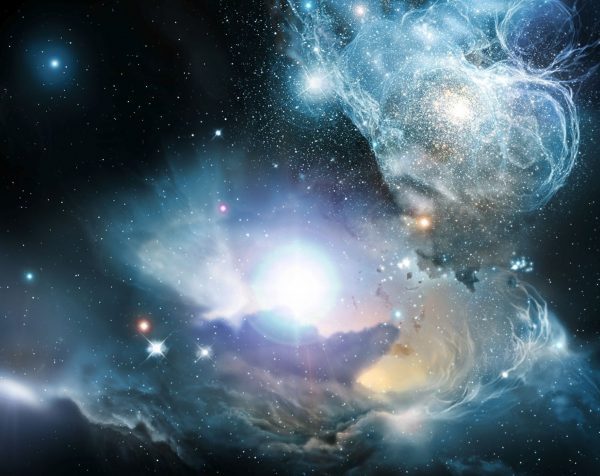
Our universe is incredibly vast, mostly mysterious, and generally confusing. We’re surrounded by perplexing questions on scales both great and small. We have some answers, for sure, like the Standard Model of particle physics, that help us (physicists, at least) understand fundamental subatomic interactions, and the Big Bang theory of how the universe began, which weaves together a cosmic story over the past 13.8 billion years.
But despite the successes of these models, we still have plenty of work to do. For example, what in the world is dark energy, the name we give to the driving force behind the observed accelerated expansion of the universe? And on the opposite end of the scale, what exactly are neutrinos, those ghostly little particles that zip and zoom through the cosmos without hardly interacting with anything?
At first glance, these two questions seem so radically different in terms of scale and nature and, well, everything that we might assume that we need to answer them.
But it might be that a single experiment could reveal answers to both. A European Space Agency telescope is set to map the dark universe — looking as far back in time, some 10 billion years, when dark energy is thought to have been raging. Let’s dig in.


